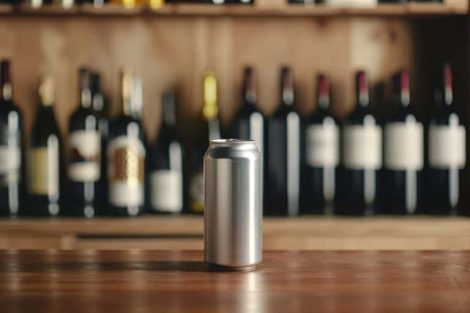History of liqueurs
Various beverages are included in the ‘liqueur’ category, but to be precise they are products based on aromatics, drinkable alcohol or spirits, in the past ubiquitous in Italian homes, prepared by hand with what the territory had to offer. In the beginning, it was the Benedictine abbeys to first create infusions using roots and plants in alcohol, bitters to be administered as medicine to stimulate appetite, for example, or to facilitate digestion. There was the famous elixir, the drug par excellence, and then the many liqueurs to fight smallpox, malaria and other infections. Therefore, these were not beverages to be enjoyed for pleasure, but out of necessity: only during the Renaissance herbalists and apothecaries began to enhance the taste of such drinks, following the arrival of spices from India and South America. At first they were elite products destined for the court of Catherine de Medici, then from the mid-19th century bitters and liqueurs became the symbolic drinks of aristocratic parlors.
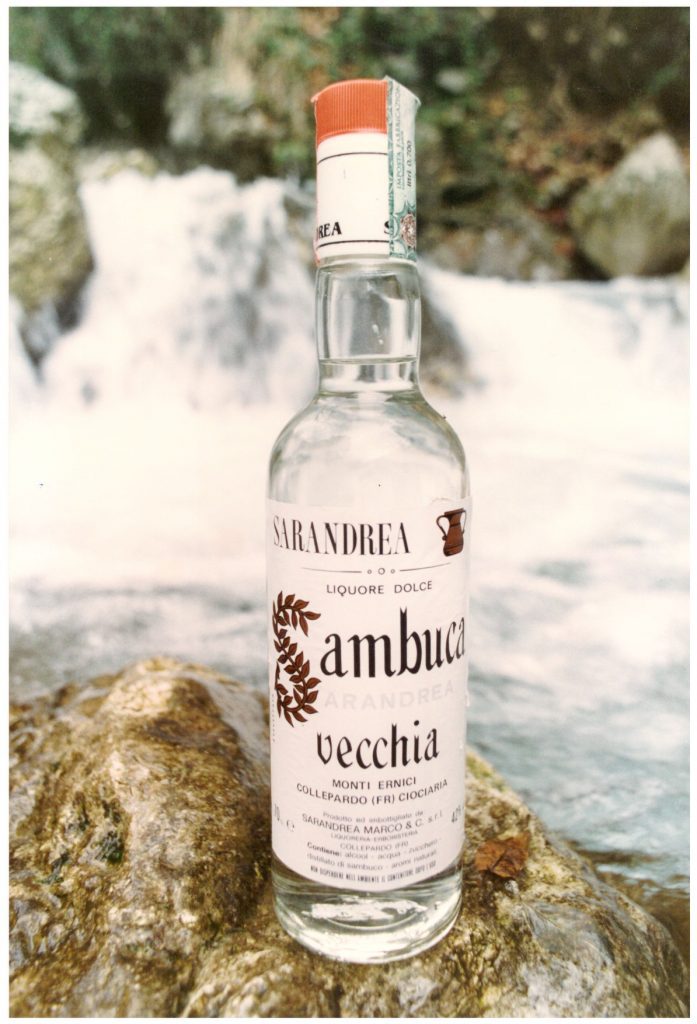
Herbal liqueurs
Today, Marco Sarandrea stands out among Italy’s niche producers. Wild herb expert and lover, it is no surprise that the distillery is located in Collepardo, in the province of Frosinone, a medieval village in the heart of the Ernici mountains, also known as ‘herb village’: "We are famous for our sambuca, one of the first to be sold in Italy, well before the advent of industrial brands". An elderflower distillate (Sambucus nigra) combined with an infusion of different species of aniseed, alcohol, fresh water from the spring of the Ernici mountains, and sugar, "a mix that creates a unique aromatic bouquet, capable of enhancing all the plants used". Sarandrea boasts a wide liqueur selection, since the wild herbs are sourced locally, "we are constantly searching for new blends. Now, for example, Italy is rediscovering its centuries-old tradition of bitters. We have San Marco, a herbal liqueur born in the '20s to enhance the benefits of local plants".
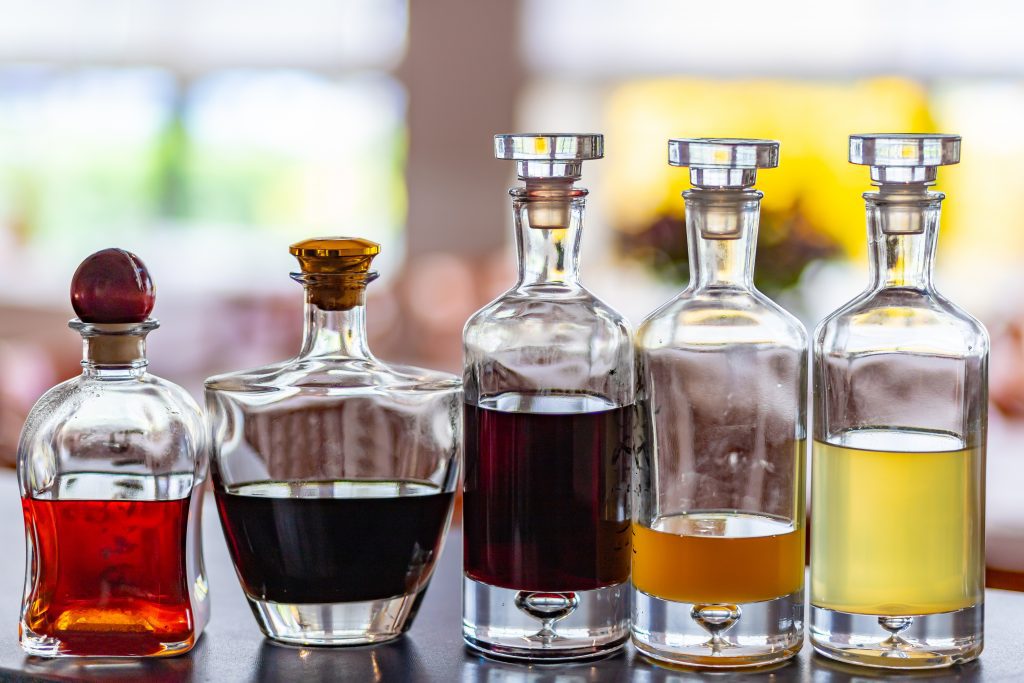
Follow these three steps for a good homemade herbal liqueur:
- Choose the wild herbs and allow them to steep in 95% alcohol for at least 3 days in a dark and cool place;
- Strain through gauze and dilute with syrup boiled for 6 minutes from complete sugar dissolving;
- Allow to cool, then pour into bottles and seal.
by Michela Becchi

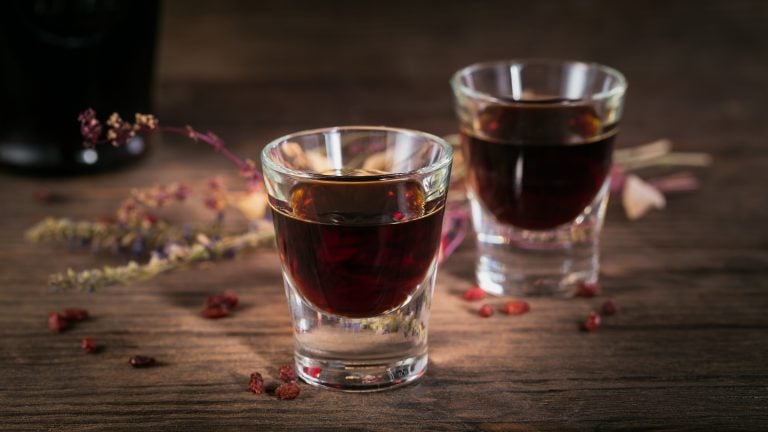
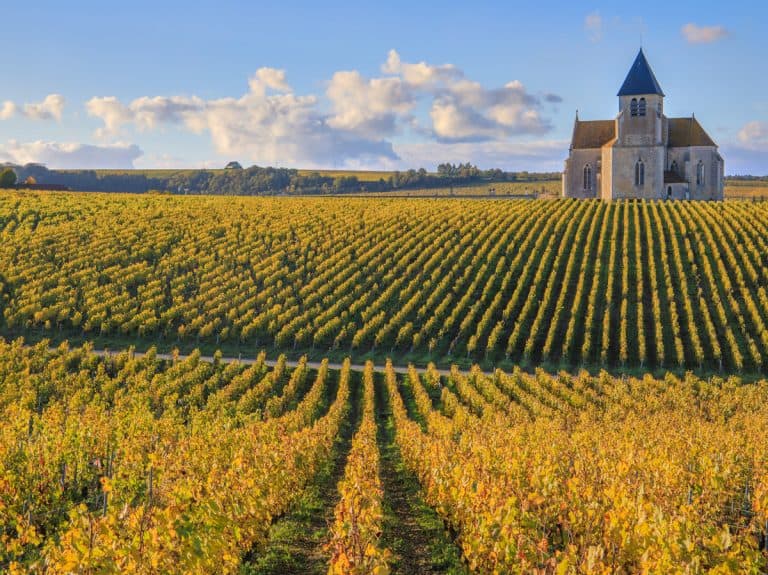 Burgundy’s resilience: growth in fine French wines despite a challenging vintage
Burgundy’s resilience: growth in fine French wines despite a challenging vintage Wine promotion, vineyard uprooting, and support for dealcoholised wines: the European Commission's historic compromise on viticulture
Wine promotion, vineyard uprooting, and support for dealcoholised wines: the European Commission's historic compromise on viticulture A small Sicilian farmer with 40 cows wins silver at the World Cheese Awards
A small Sicilian farmer with 40 cows wins silver at the World Cheese Awards Women are the best sommeliers. Here are the scientific studies
Women are the best sommeliers. Here are the scientific studies Where to eat at a farm stay in Sicily: the best addresses in the Provinces of Trapani, Palermo, and Agrigento
Where to eat at a farm stay in Sicily: the best addresses in the Provinces of Trapani, Palermo, and Agrigento